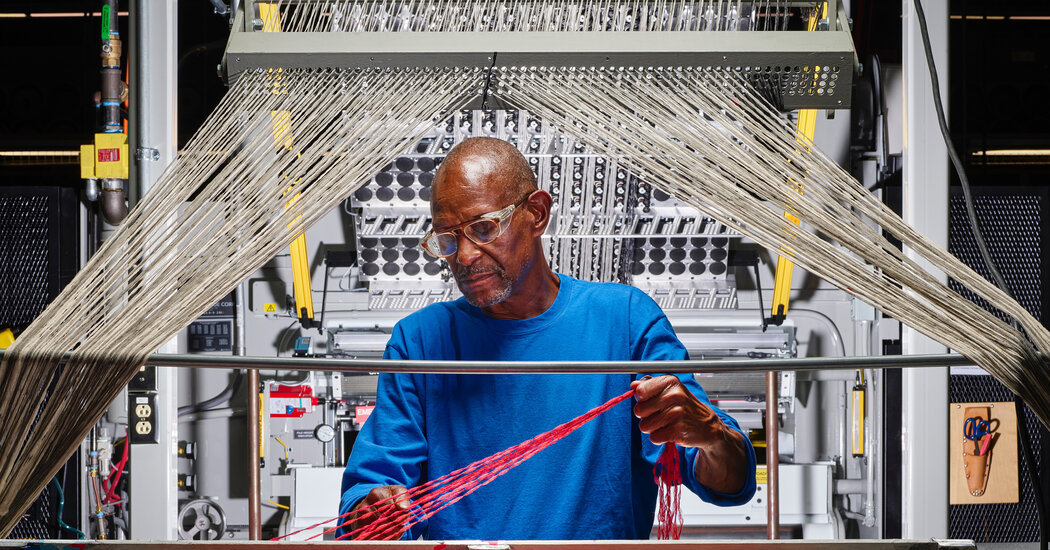
The last time investors began moving billions of dollars into young, climate-oriented technologies, things didn’t turn out so well. The few big successes from the early 2000s — Tesla, for instance — were offset by a multitude of green investments that were either uncompetitive in price or came up short on technological readiness. But all the green investors I spoke with seemed to have concluded that there are enough differences between the world of today and the early 2000s, not just in technology but in urgency and policy as well, to suggest different results this time. Two decades ago, climate change hadn’t wrought the floods, fires and heat waves that now give us horrifying glimpses of the future. Steady gains in renewable-energy technologies like wind and solar had not yet shown they could compete with fossil fuels. And a slew of new climate-friendly regulations in states like California had not yet expanded the market for low-carbon products. According to the International Energy Agency, global investments in low-carbon energy are now hitting about $600 billion annually. And the money is coming not only from venture-capital firms like Breakthrough Energy Ventures but also from private investors at family foundations and firms like Goldman Sachs and BlackRock, whose chief executive, Larry Fink, has become an evangelist for the green economy. “The climate transition,” Fink recently proclaimed, “presents a historic investment opportunity.”
How carbontech fits into a green economy of the future seems more difficult to predict. Companies like Microsoft and Stripe, a payments-technology firm, have already decided to sink millions into carbon-utilization firms and other carbon-removal efforts. Lucas Joppa, Microsoft’s chief environmental officer, told me he thinks a utilization market is not only necessary but also sensible, especially because we think of carbon as a waste product. One man’s trash can always be another man’s treasure, he notes. “Carbon is the building block of life. I mean, if we can’t figure out meaningful things to do with it, well, then shame on us.”
But a number of things need to happen to make such a transformation possible — essentially, an entire CO2 “value chain” must evolve into existence in order to feed carbontech firms with clean energy and raw materials and also create markets for their goods. At the same time, a rigorous CO2-accounting system, along with third-party audits, would need to take root, to show the environmental impact of these products. Daunting as all this sounds, assuming the world continues to consume carbon products, utilization could offer something new and traditional: an alternate “pathway” for CO2 emissions that gives us better odds of ensuring a livable climate. Burying most of those emissions deep underground would no doubt be necessary and give us enormous environmental benefits. Embedding them within products, meanwhile, might result in a broad economic payoff as well.
In the long run, too, carbontech might prove to be a good business for some firms. Interface views its negative-carbon tile as a way to serve a raft of increasingly motivated government agencies and companies. Amazon, Apple and FedEx are now committed to eventually being carbon neutral, and others (like Microsoft) have set their sights on being carbon negative. As companies further define what sustainability means, Meezan told me, “they’re going to come face to face with the realization that what they’re doing on climate is not adequate.” And when that moment comes, she predicted, they’ll have to ask: What comes after net-zero carbon?
Interface is there already, which gives it advantages as both a vendor and a role model. “Who really cares if this tiny carpet company is making something like this tile?” Meezan put it to me rhetorically. “We do,” she answered, meaning the 3,800 employees who work at her company. And because the product was the first step of a larger goal — for the entire firm to become carbon negative by 2040 — she considered it a way to show others that the carbon problem isn’t impossible to solve. “If a company like ours has been able to get to carbon negative,” she added, “then you can be optimistic about what that means for Starbucks, or the Gap, or other companies.” A ripple effect had already reached other makers of the built environment, she told me — furniture firms, building-materials makers and the like, which all need to meet standards for greener buildings. She was not under the impression that this would change the world immediately. But what would happen, she wondered, if all the players in the post-pandemic economy started thinking negative, too?
Christopher Payne is a photographer who specializes in architecture and American industry. He has documented numerous industrial processes for the magazine, including one of America’s last pencil factories, the Martin Guitars factory and The Times’s own printing plant. Jon Gertner is the author of “The Ice at the End of the World.” He writes frequently for the magazine about science and technology.

Average Rating